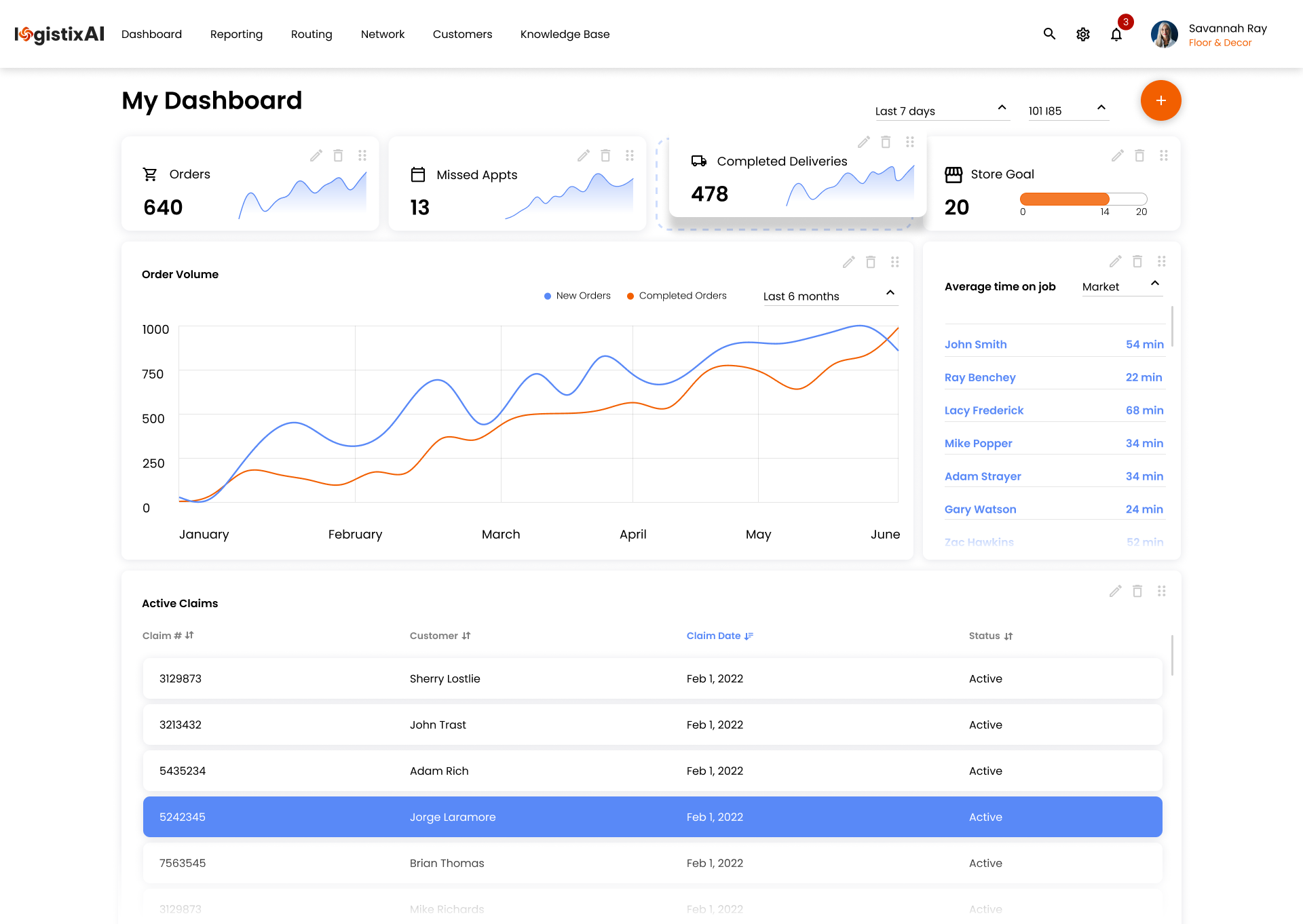Why Field Service Companies Must Prioritize Their Own Performance Metrics
In the intricate world of field service management, where operational efficiency dictates success, the importance of establishing and rigorously monitoring self-defined performance metrics cannot be overstated. These metrics not only provide a granular view of a company’s operational health but also facilitate strategic decision-making. This guide delves deep into why these metrics are crucial, identifies the most impactful ones, and outlines best practices for effective management, all drawn from real-world applications and industry standards.
The Necessity of Independent Performance Metrics
Strategic Business Alignment
Field service operations must align their daily activities with the company’s broader strategic goals. Self-defined metrics serve as crucial benchmarks, ensuring that every task contributes to the business’s larger objectives, such as improving service delivery efficiency, reducing operational costs, or enhancing customer satisfaction.
Authentic Performance Assessment
Developing internal metrics allows companies to assess their performance independently, free from the influence of client-mandated indicators. This autonomy is vital for pinpointing actual operational strengths and areas needing improvement, enabling businesses to make informed decisions about resource allocation, service strategies, and process optimizations.
Enhanced Control Over Service Delivery
By setting their own metrics, companies can proactively manage their service quality to satisfy both internal standards and external expectations. This control is essential for maintaining robust client relationships and establishing a reputation for reliability and excellence in the field service industry.
Crucial Performance Metrics for Field Service Management
Selecting the right metrics is pivotal for effective management. Here are several critical metrics that successful field service companies monitor:
First-Time Completion Rate: This metric indicates the percentage of service calls resolved on the first visit without the need for a follow-up. High rates reflect well on the accuracy of diagnostics and the effectiveness of the initial service provided.
Mean Time to Complete (MTTC): This measures the average time it takes to resolve a service request from the moment it is reported. An optimal MTTC not only enhances customer satisfaction through timely service but also helps in efficient scheduling and resource management.
Technician Utilization Rate: This tracks how much of a technician’s time is spent performing billable work versus non-billable tasks. Maximizing billable hours is essential for boosting productivity and profitability.
Customer Satisfaction Score (CSAT): Direct feedback from customers after service engagements provides insights into their satisfaction levels, directly impacting customer retention and business reputation.
Service Contract Compliance Rate: This metric assesses how well services align with the stipulations outlined in service level agreements (SLAs), which is crucial for maintaining customer trust and avoiding contractual penalties.


